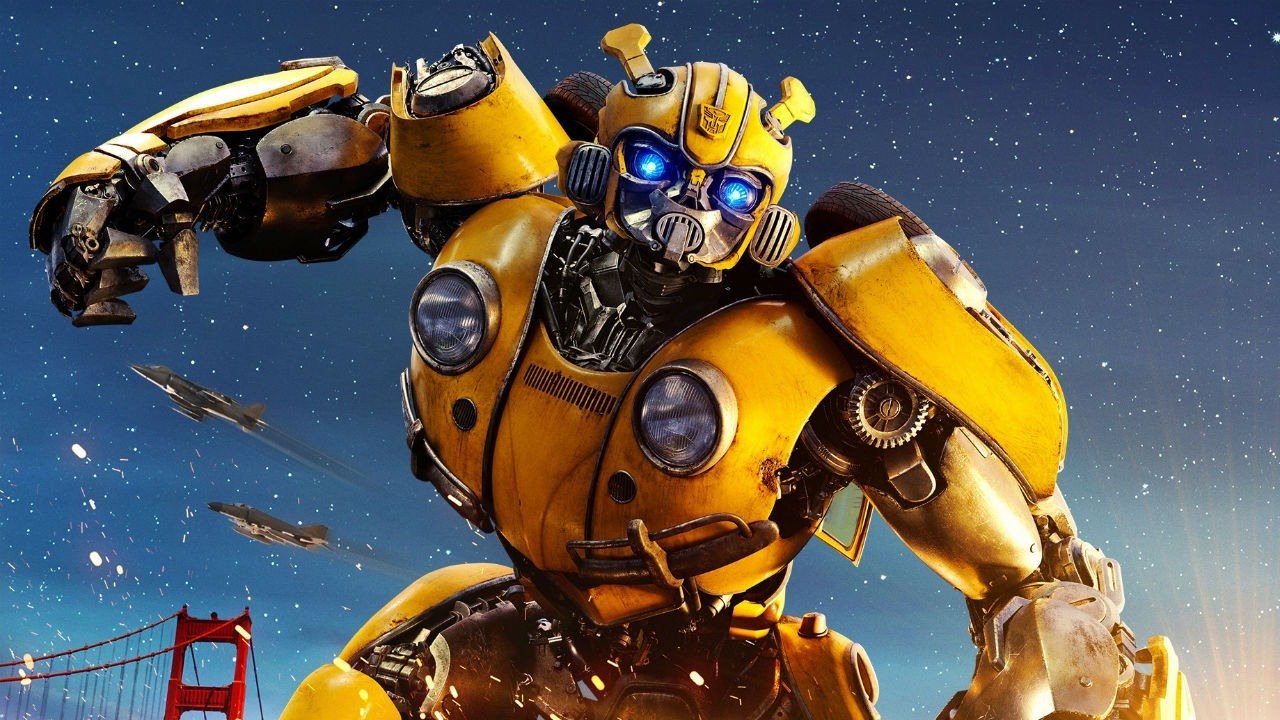Is There a ‘Post Credit Scene’ in Bumblebee?
Bumblebee releases in theaters tonight and promises to give fans a new and exciting look at what the Transformers franchise can do. Keeping in mind the amount of canon the film leaves unexplored, many are wondering if there’s a sort of sting towards the end of the film.
So, does this mean we should stay around through the credits of Bumblebee? Well, maybe..
Unfortunately, no Bumblebee does not have a post-credits scene, but what it has are two mid-credits scenes
Tied up together, the scenes play shortly after the rest of the movie, with only the film’s title and Travis Knight’s credit as the director being the clip in between.
The opening mid-credits scene sees Bumblebee and Optimus Prime meeting in a forest, after reuniting on the Golden Gate Bridge in the film’s closing scene. As Prime tells Bumblebee, they need to be prepared for what’s to follow, before looking up into the sky and seeing seven more Autobots preparing to land on Earth.
The second one sees Charlie Watson working on the red car that she and her father had been working on for years. As Charlie says throughout the film, the car isn’t able to properly start since her dad suddenly passed away, and she isn’t sure how to fix it. But in this mid-credits scene, she’s managed to start the car and takes it on a ride through the California coast.
Both mid-credits scenes might not be absolutely important, but they do provide an endearing epilogue to the film’s ending while teasing what could potentially come in the future movies. While Bumblebee hasn’t been dubbed as a “reboot” of the franchise, those tied to the Transformers films have already hinted that there are more stories in store for fans in the future.
“Reboot, I always hate that word because, for one, I’m not sure I really understand what it means,” franchise producer Lorenzo Di Bonaventura said in a previous interview. “We are going to do another big Transformers movie. It is going to be different than the ones that we’ve done before.”
“It’s not like we look at the elements of what we did before and go, ‘Well, let’s not do this’ or ‘Let’s not do that,’” Di Bonaventura explained. “It’s more about how do you evolve the experience for the fans. Let the fan have a new experience. When we did the first movie, at first there was a lot of pushback that we weren’t doing it the way it was done before,” he added. “My feeling was always that if we’d done it, you would’ve gone, ‘Well, I’ve already seen it.’ So how do you evolve things forward is I think the hardest thing because you’ve got to retain why people love it, but at the same time if you give them the same experience, they’re going to be bored with it.”





